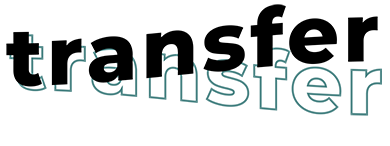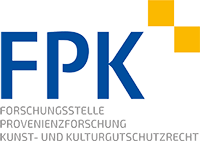Die Fayencesammlung Igo Levi – neue Erkenntnisse und offene Fragen
Identifier (Artikel)
Abstract
The faience collection of the Nuremburg enterpriser Igo Levi has been one of the largest and most popular faience collections of the 1920ies and 1930ies. Today, the collection is mostly known for its seizure by the Nazis and the persecution of its assembler. However, information on the collection’s extend, on individual objects, its compilation, as well as regarding the collection’s general history before November 1938 is still lacking. As yet, there is nearly no research on the restitution of the confiscated faience ware after 1945. The research report at hand reflects the current, yet fragmentary state of knowledge on Igo Levi’s collection, which hopefully will soon be further amplified. It aims at fulfilling a number of relevant lacunae by addressing the topic in two chronologically coordinated chapters. The first chapter focusses on Levi’s collection until 1938 introducing the hitherto identified primary sources. It presents new findings with respect to the collection’s scope and compilation, likewise concerning the fluctuation of individual objects, while at the same time tracing Levi’s personal networks. Furthermore, it preliminarily assesses the sales of certain objects belonging to the collection starting in 1933, putting these into perspective with Levi’s persecution by the Nazis. The second chapter paradigmatically reconstructs the events surrounding the acquisition of part of the collection by the former Kölner Kunstgewerbemuseum (Cologne Museum of Arts and Crafts) in September 1938, just a few months before the collection’s seizure, on the basis of the municipality’s archival holdings. It also sheds light on the restitution proceedings between Igo Levi and the city government of Cologne after 1945, entailing that 19 pieces of his faience collection are still kept by the MAKK – Museum of Applied Arts Cologne.
Keywords: Faience ware; Cologne Museum of Arts and Crafts; Igo Levi; restitution; Germanic National Museum Nuremberg
Statistiken

Lizenz

Dieses Werk steht unter der Lizenz Creative Commons Namensnennung - Weitergabe unter gleichen Bedingungen 4.0 International.







